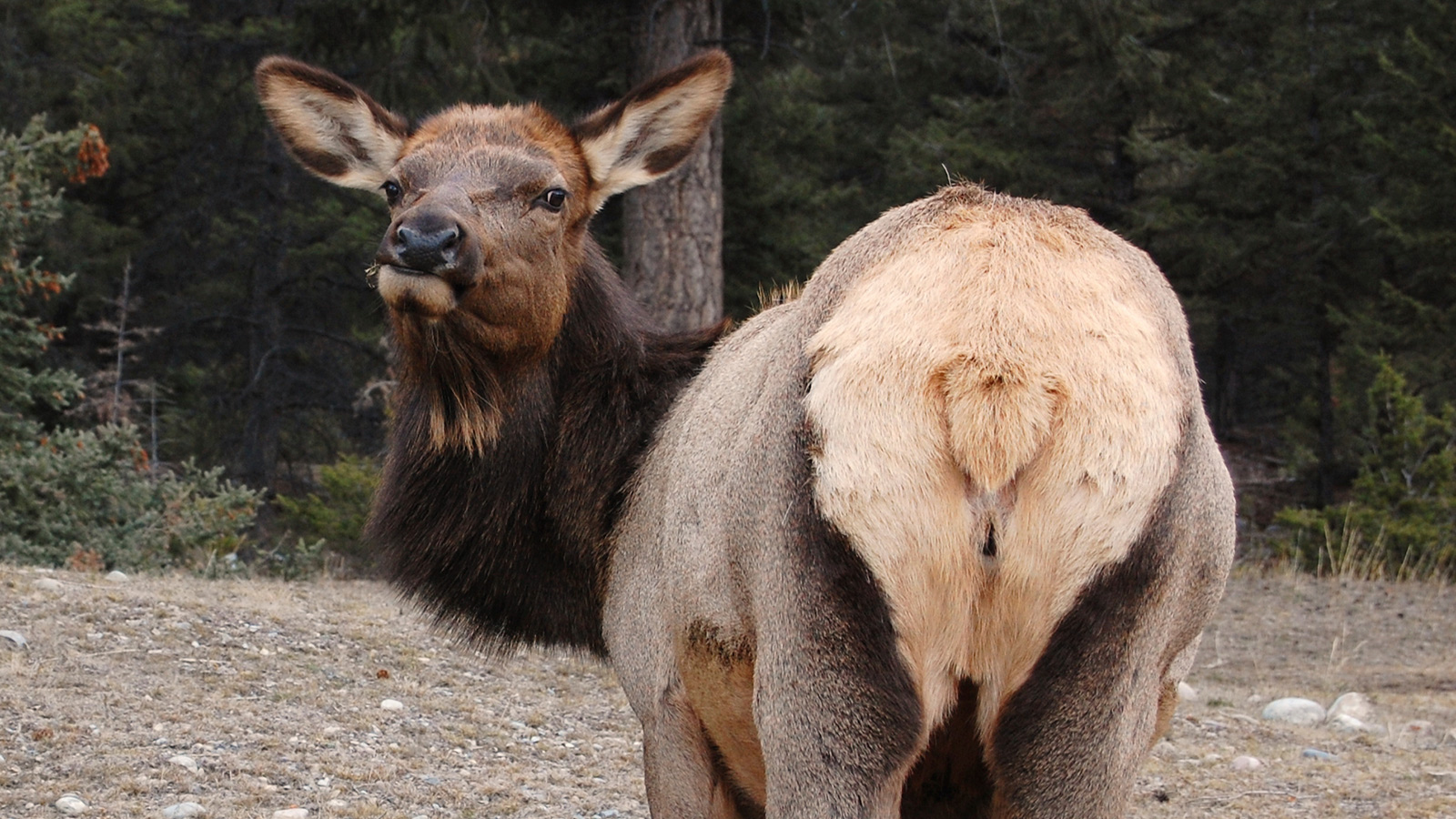Send your question to Umbra!
Q. We all know that a plant-based diet is the best way to cut carbon emissions in our diets. For meat lovers, chicken, fish, and meat substitutes often steal the spotlight when it comes to “if you have to eat meat.” But what about the carbon impact of wild game? How can you tell if it’s locally sourced, and what is the carbon footprint of, for example, antelope burgers or wild boar sausage?
Also, we keep hearing about bugs being in our future diets. Are there resources describing how to farm bugs at home, since I can’t exactly walk down the block and sample grasshopper tacos just yet?
Alex
Houston, Tex.
A. Dearest Alex,
No grasshopper tacos in Houston? Restaurateurs of America, have I got an opportunity for you!
You sound like a conscientious eater, Alex, as well as an out-of-the-box thinker. And I think you’re also spot-on in your hunch that opting for the reindeer ragout or the cricket soufflé over your typical feedlot beef is likely a much greener choice. Not only that, you’re even going the extra mile by looking for local sources for all these alterna-proteins. In short, I think I’d very much enjoy a dinner party at your house.
Let’s back up a minute. As you point out, wild game is currently riding a surge of popularity among eco-minded folks, primarily for what you’re not getting: no artificial hormones or antibiotics, no water- and fertilizer-guzzling monocrop grains to feed the animals, no cruel and stinky CAFOs. Plus, hunters I know often wax poetic about how killing your own dinner connects you to nature and your food like nothing else. Eaters, for their part, may like to imagine an elk frolicking through the forest, wild and free, before garnishing their hamburger buns.
Here’s the thing about wild game though, Alex: If you’re buying it at a restaurant, butcher shop, or online, it came from a farm. That’s right – U.S. farmers raise everything from bison and elk to reindeer and bear, and are allowed to market it as “wild.” It’s illegal for hunters to sell game they harvested personally, leaving only USDA-regulated farms as viable sources of game for most of us. This is so for food safety reasons, and also because we don’t have a great track record at not completely obliterating entire species when allowed to hunt willy-nilly for cash.
This means you can probably figure out where your antelope burger came from with ease – if it’s not clearly marked on the menu or package, just ask your server, butcher, or the distributor you’re buying from. In your case, Alex, it’s likely you can find quite a bit of local game: Broken Arrow Ranch, a prominent outfit specializing in wild boar, venison, and antelope, hails from the Lone Star State.
Farms will vary in size and technique, so it’s tough to come up with a single answer for you on the carbon footprint of these beasts. My hunch is that free-ranging, pasture-fed deer or bison will come out ahead of conventional beef, but I’d recommend getting in touch with individual farmers for a peek into daily operations, just like you might do for beef or chicken. Some game farms let animals roam free on huge swathes of land, while others set up pens and may feed them corn or alfalfa; the FDA also allows for the use of antibiotics in wild game.
Of course, there is one surefire way to know that your meat came from a free-roaming, happy hoofer: Hunt it yourself. Chowing down on your own catch is nice and legal.
Moving from mega- to microfauna, let’s talk about insects. You’ve probably already heard the case for munching on mealworms, Alex, but this FAO report breaks it down for the uninitiated: Basically, bugs spew far less greenhouse gas than traditional meat sources, don’t require clearing big tracts of land, and are hyperefficient at converting their food to protein, not to mention being pretty darn healthy. Once you’re past the ick factor, insects can make sense.
Even better, there is help on the way for early-adopting entomophagists. Buying insects can be as simple as stopping by your local pet store to pick up mealworms or crickets, but you can also shop online at the sites listed here and here. Those sites are also great sources for info on raising your own little protein factories, and you might also want to read this story and this book when it comes time to cook. You’ll be piling the table with grasshopper tacos in no time.
Masticatedly,
Umbra



